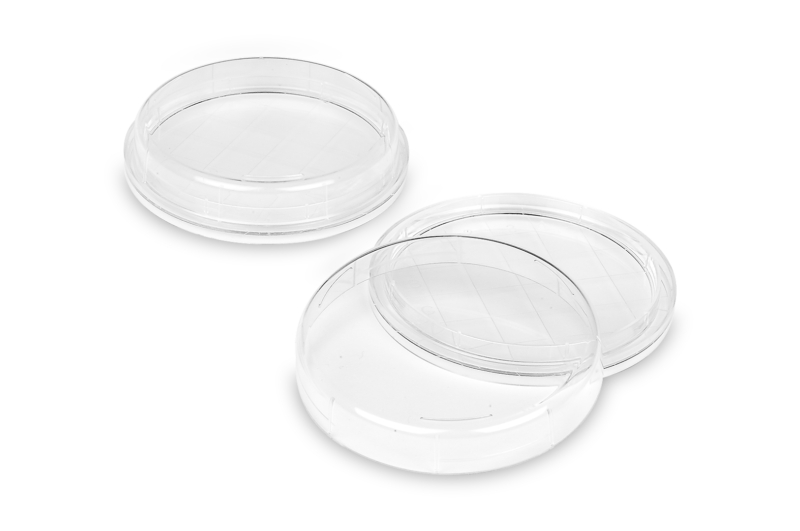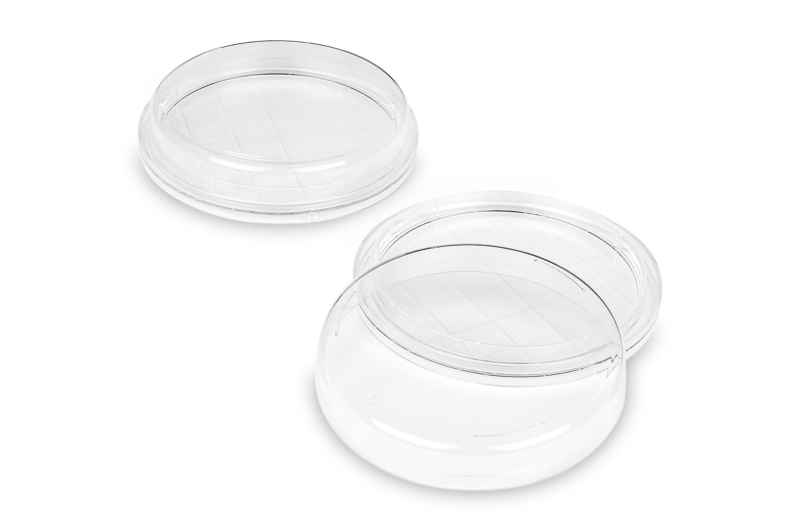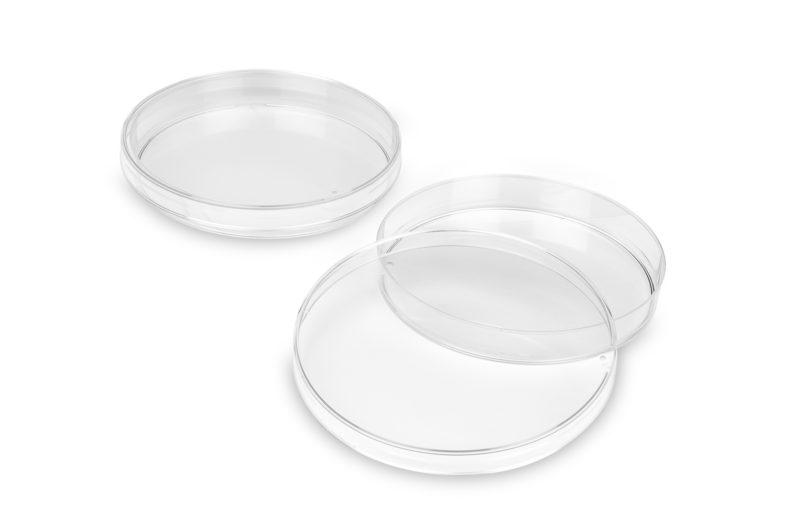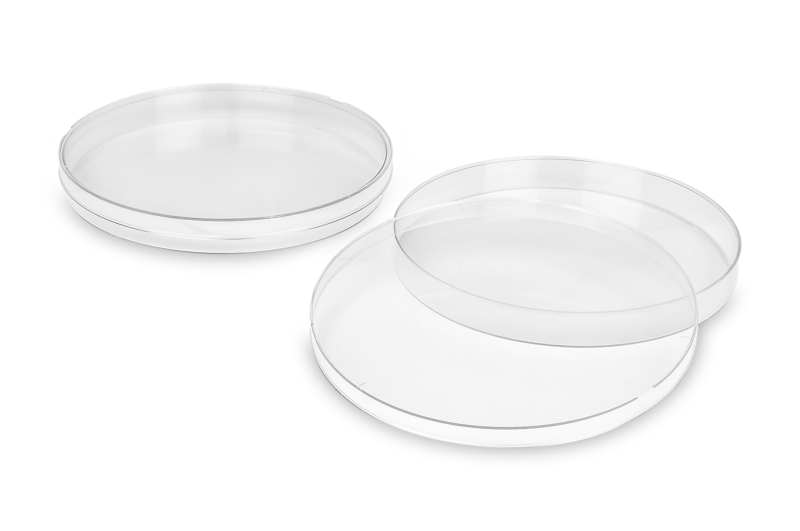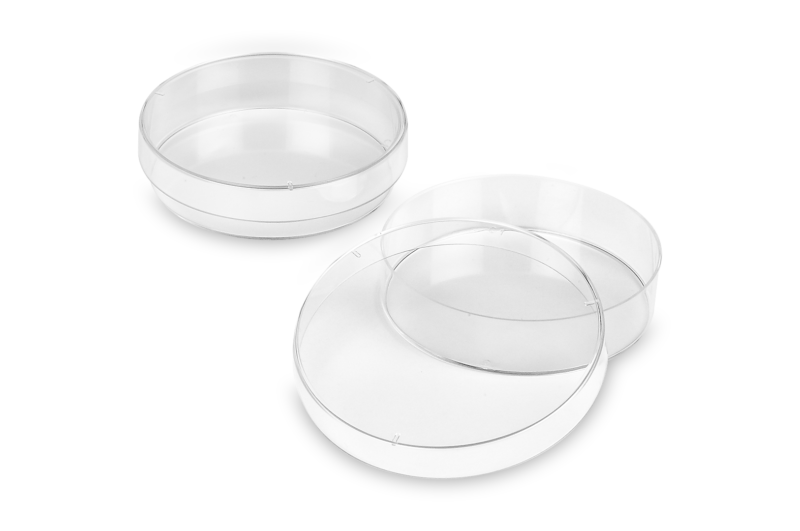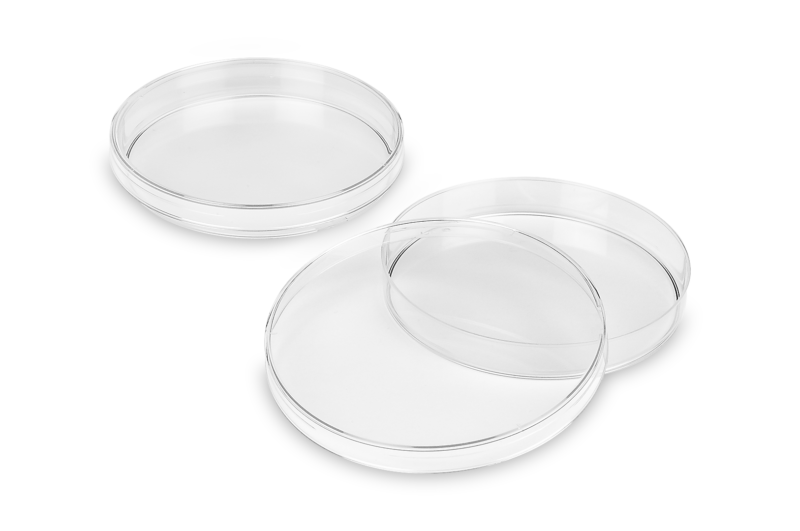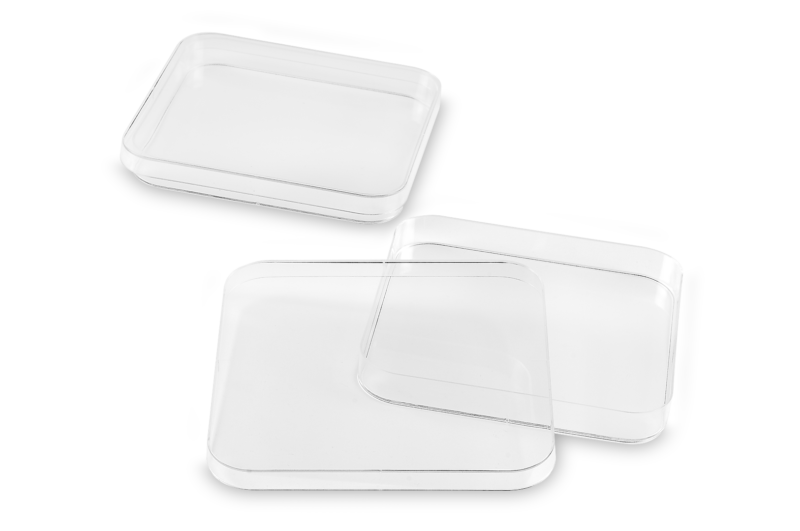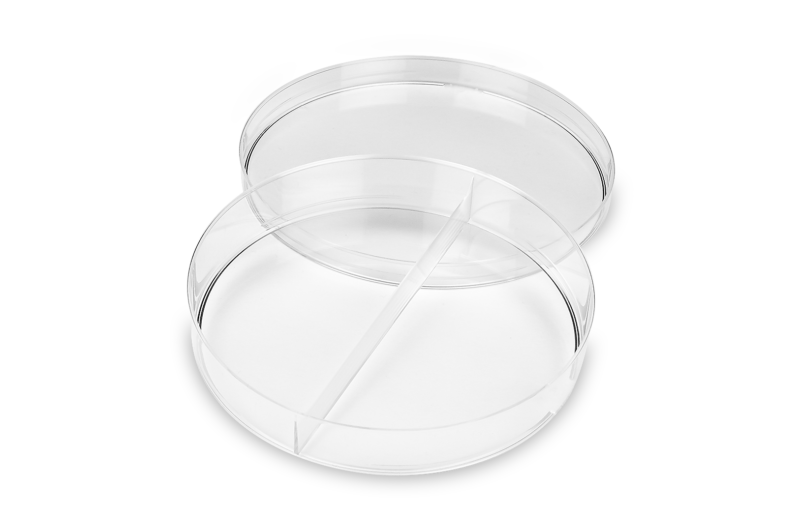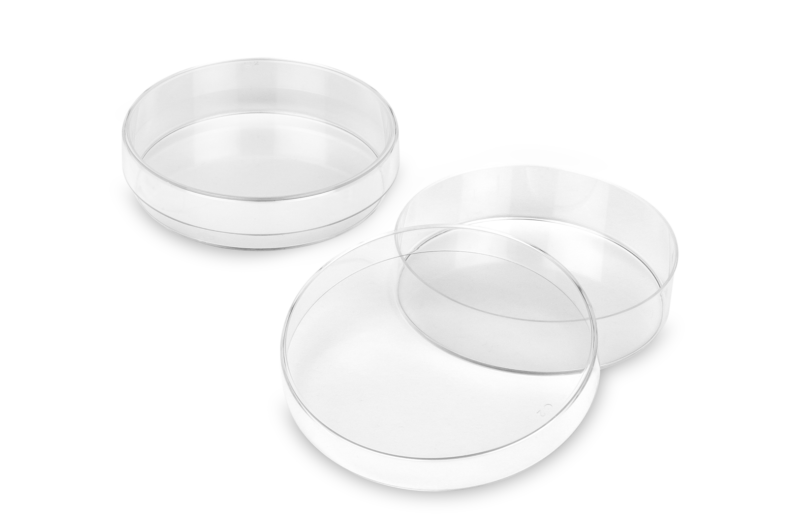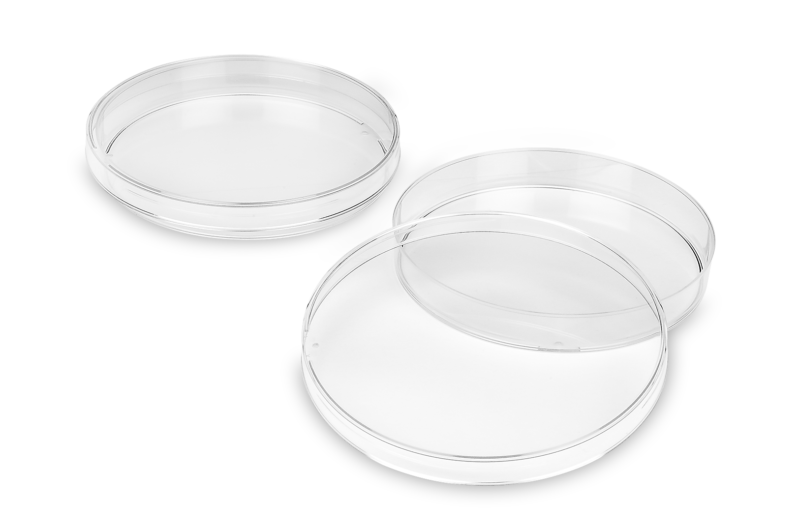Petri dishes
 What are Petri dishes and why are they important in microbiological research?
What are Petri dishes and why are they important in microbiological research?
Petri dishes are circular, shallow capsules with cover, used in microbiology for the development of cultures and study of microorganisms: filled with a growth medium, such as agar, are inoculated with microorganisms, such as bacteria, fungi and other cells and constitute an ideal environment for their growth.
Petri dishes are named after their inventor, the German microbiologist Julius Richard Petri, who created them in 1887. Originally used for the culture of tubercular bacteria, they are now commonly used in laboratories in a wide range of microbiological applications. Petri dishes are a fundamental tool for the culture and growth of microorganisms, to test the sensitivity to antibiotics and for the study of the microbiological environment. They also have important industrial and pharmaceutical applications.
What are Petri Dishes made of? How are Petri dishes made and sterilized?
Petri dishes can be classified according to their size, shape, sterility and application and are generally made of glass or plastics.
Plastic Petri dishes and sterile plastic Petri Dishes are currently the most used for their lightness and exceptional transparency and are produced in sterile and non-sterile versions depending on the use.
But how are petri dishes produced? Production includes the selection of materials, printing, quality control and sterilization, to guarantee their integrity. Petri dishes must be strictly checked to keep them free of contaminants, to protect the safety of use.
– Sterile and non-sterile petri dishes: differences and applications.
Sterile petri dishes are widely used in microbiology research, while non-sterile ones are commonly used in the food industry.
Petri dishes are produced in a range of dimensions from 35 mm to 150 mm in diameter: particular versions are available for special applications.
– Vented Petri Dishes
Vented Petri dishes are mainly used for the culture of microorganisms that grow in the absence or reduced presence of oxygen, or for the culture of microorganisms that require a specific gaseous composition inside the air chamber. These plates consist of two layers of agar separated by an air chamber. The top of the agar contains a small opening that allows oxygen to reach the bottom, where microorganisms can grow in an oxygen-free or low-concentrated environment.
The correct use of petri dishes.
To ensure accurate and reliable results, Petri dishes must be used correctly. In laboratory, an effective aseptic technique for inoculating bacterial cultures on the surface of the agar in the dish is essential to prevent contamination. In addition, it is important to pay attention to incubation of the plates, making sure to maintain the ideal temperature for bacterial growth. To avoid cross-contamination, it is necessary to handle the petri dishes properly and dispose of them safely. By following these procedures, it is possible to achieve accurate and reliable results.
Petri dishes use: common challenges and best practices.
In order to obtain accurate and reproducible results, Petri dishes must be of excellent quality, used accurately and properly stored to avoid the risk of contamination, one of the most common problems that can affect the results. To prevent this, it is important to use aseptic inoculation techniques, sterilise equipment and use a controlled environment. The interpretation of Petri dish results can be complex, as micro-organisms can appear in different ways depending on growing conditions.
Disposable petri dishes, usually made from inexpensive plastic or borosilicate glass, are ideal for low-cost, low-contamination experiments.
They can be pre-sterilized or sterilized before use, and since they do not require sterilization and reuse, they are often preferred when convenience and speed are more important than durability.
The choice of correct sampling techniques can greatly affect the results of the experiment, as well as the choice of the right agar medium for the growth of microbial cultures according to the specific needs of the experiment.
Standardisation of inoculation techniques, such as the volume of inoculum and the diffusion method, is essential to ensure that samples are inoculated evenly over all Petri dishes.
Also, accurate data recording and analysis are important to make the experiment reproducible and to share of results, ensuring the scientific value of the results and consistency in the research processes.
Advancements and future developments in Petri dish technology.
Petri dish technology is constantly evolving and improving, with many innovations in terms of functionality and sustainability. One of the main developments concerns materials: Petri dishes manufacturers are giving preference for the use of advanced and biocompatible polymers, a key factor in improving the quality and strength of Petri dishes. To promote microbial growth within the petri dishes, specific nutrient compounds have been added to the agar in the dishes.
The integration of digital and automated systems is revolutionizing the production technology of Petri dishes, allowing greater precision and reproducibility of results.
Also, more and more attention is paid to the study and production of biodegradable and sustainable Petri dishes, to offer an ecological alternative to the traditional ones.

